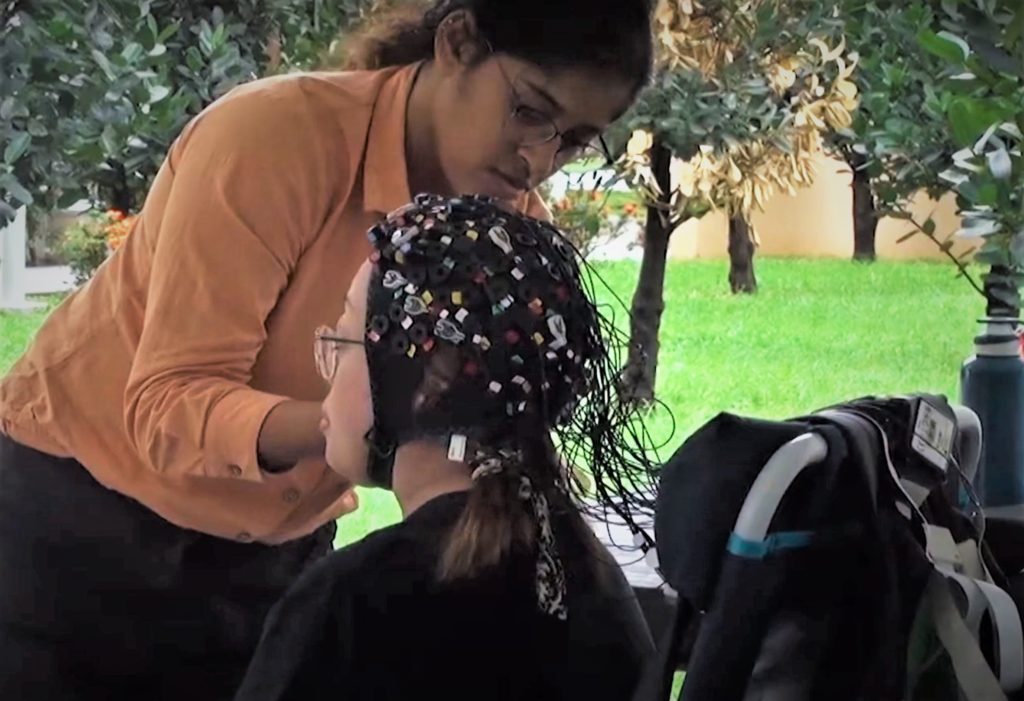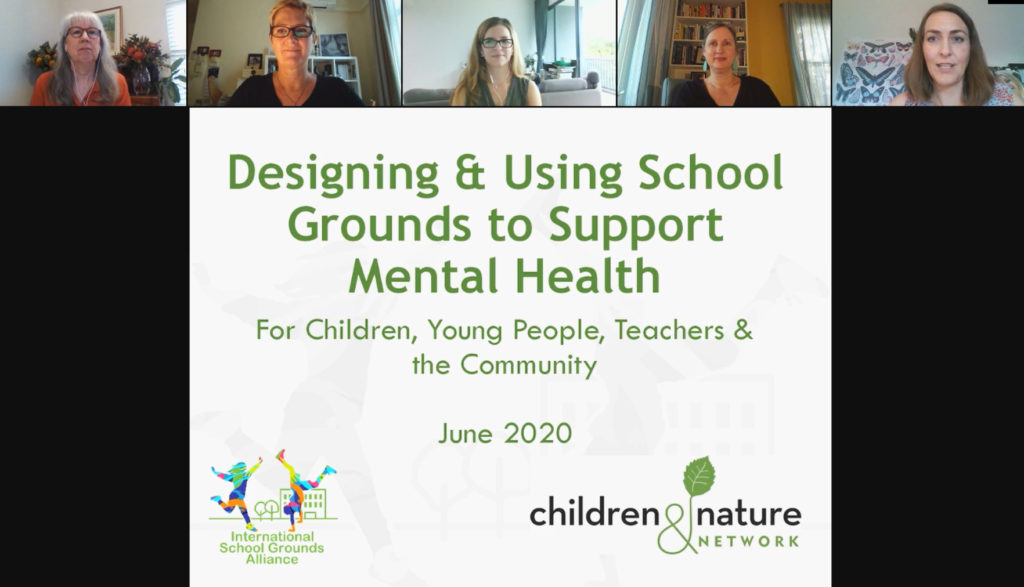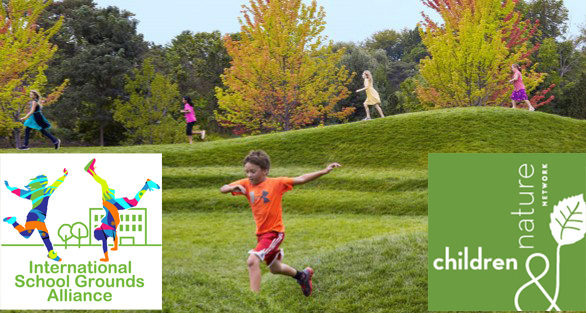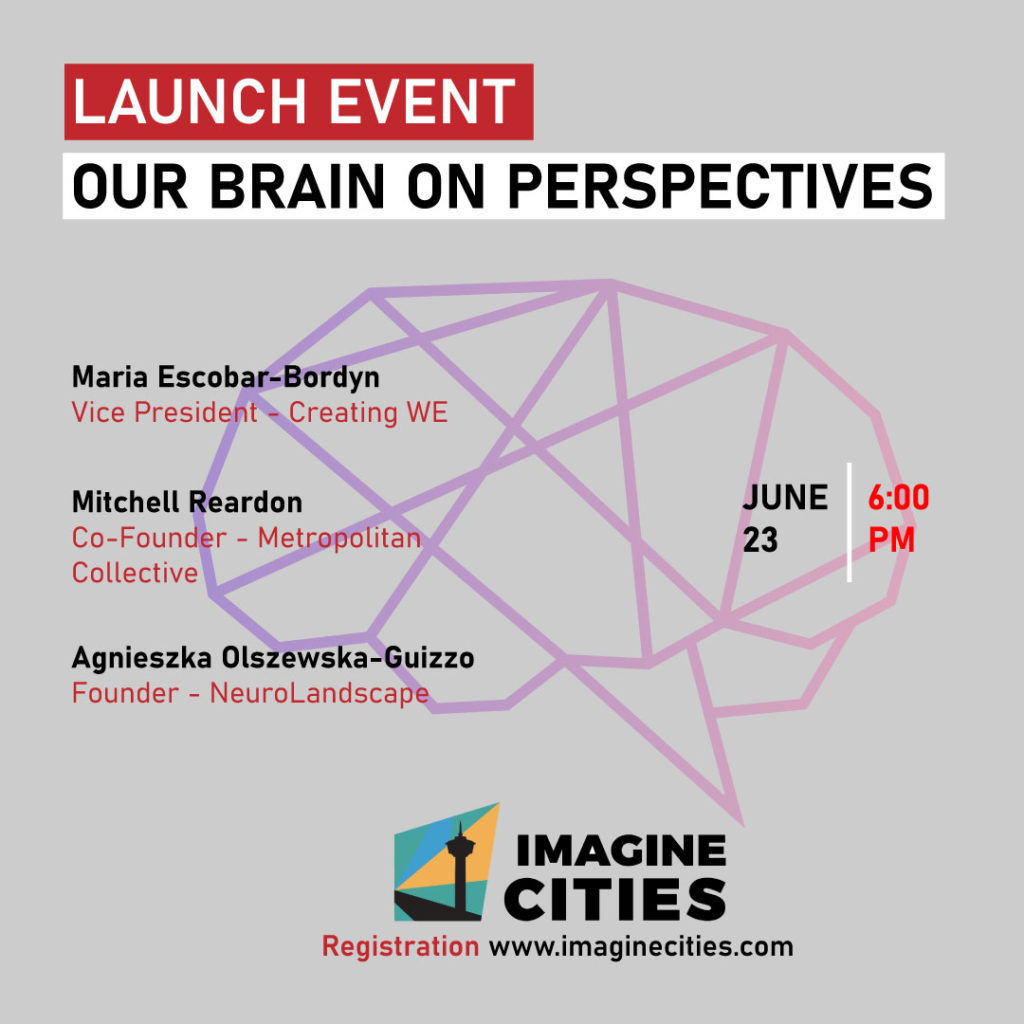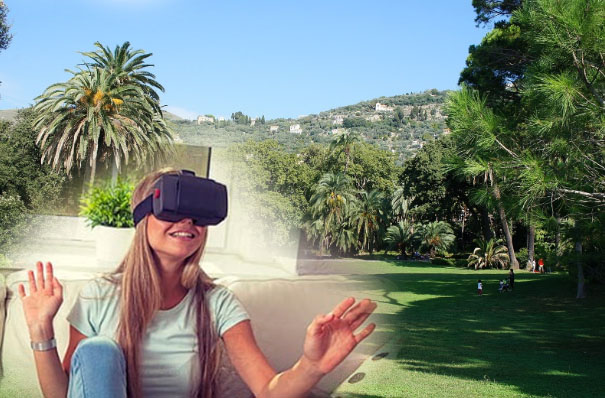Between 19 April and 12 May 2020, we ran an online survey titled “VHE for Well-Being”. Our goal was to better understand people’s psychological needs, especially the relationship between Covid-19 confinement and mental health. We also aimed to test feasibility and demand for Virtual Healthy Environments (VHE) – our solution for health and well-being. To do Read More
Category: News
Conscious Cities Festival 2020: Sensing our City | Conscious Warsaw Webinar
22 October, 2020; 3:00 PM CET Online free event, registration Webinar will be held in Polish language, but the recording from it will be translated to English and avaiable after the event The imagination of urban and landscape designers and architects has been captured by the idea that we read spaces as we read books. Read More
Landscape & Brain – neuroscience data collection outdoors (VIDEO)
Rigorous neuroscience research would question collecting the neuroscience data outdoors, due to too many confounding factors occurring and researchers not being able to control them all. In the sensory exposure research, each participant has to be exposed to the same set of stimuli, which is very difficult if not impossible in an outdoor setting. For Read More
Designing & Using School Grounds to Support Mental Health (Video Available!)
The video from the webinar is already available on! The webinar organized by the International School Grounds Alliance and the Children &Nature Network on how school grounds can be designed and used to support took place on June 23rd 2020, and featured research and design insights on how to design mentally healthy outdoor spaces for Read More
Designing School Grounds to Support Children’s Mental Health: Examples from Around the World
24th June 2020 9:00 AM Singapore Standard Time. Daily contact with nature is vital for supporting the mental health and well-being of children and young people. Join the International School Grounds Alliance and the Children & Nature Network for this webinar that will focus on how school grounds can be designed and used to support Read More
Our Brain On Perspectives by IMAGINE CITIES | 23rd June 2020
23 June, 6PM MST In Yuval Harari’s book Home Deus, he states that the greatest leaps in human progress were not simply the result of individual acts. Instead, the greatest leaps have been the result of our ability as a species to cooperate in large numbers. Join us for an insightful conversation about how breakthroughs in Read More
Better Future for Healthy Aging Conference (BFHA 2020) _FREE ONLINE REGISTRATION!
The mission of the Conference is to stimulate research, implementation and scaling up innovations to manage health and wellbeing of the ageing population. BFHA 2020 is a scientific conference that will enable discussion on the transformation of health and care services into more digitilized, long-term, integrated and personalized care models while promoting innovative ecosystems in Read More
Take part in our survey and support research and development in the times of pandemic
The current global outbreak of #COVID19 makes the problem of our living space and mental health more relevant than ever. Read more in our recent blog post. This is why we need new solutions and new approaches. Please complete this 5-min, anonymous survey. If possible, share it with your family and friends, with special attention to Read More
Mental Health is also important – something about the connection with nature in the times of confinement
Landscape architects and urban ecology researchers have always been trying to bring people more to the outdoors, make the most of urban parks and gardens, calling the public attention to issues such as nature deficit disorder, mental health consequences from spending our time mostly indoors, looking at phones or monitors… Today, the situation is calling Read More
Unraveling links among climate change, poverty and health in slums of Dhaka
It is well known to the environmentalists that Bangladesh is currently considered the 7th most vulnerable country to the adverse effects of ongoing climate change. What we do not know, however, is the adverse effects that are already in place and how much it is tangled with rural-urban migration, rehabilitation, gender, human rights, and health Read More



